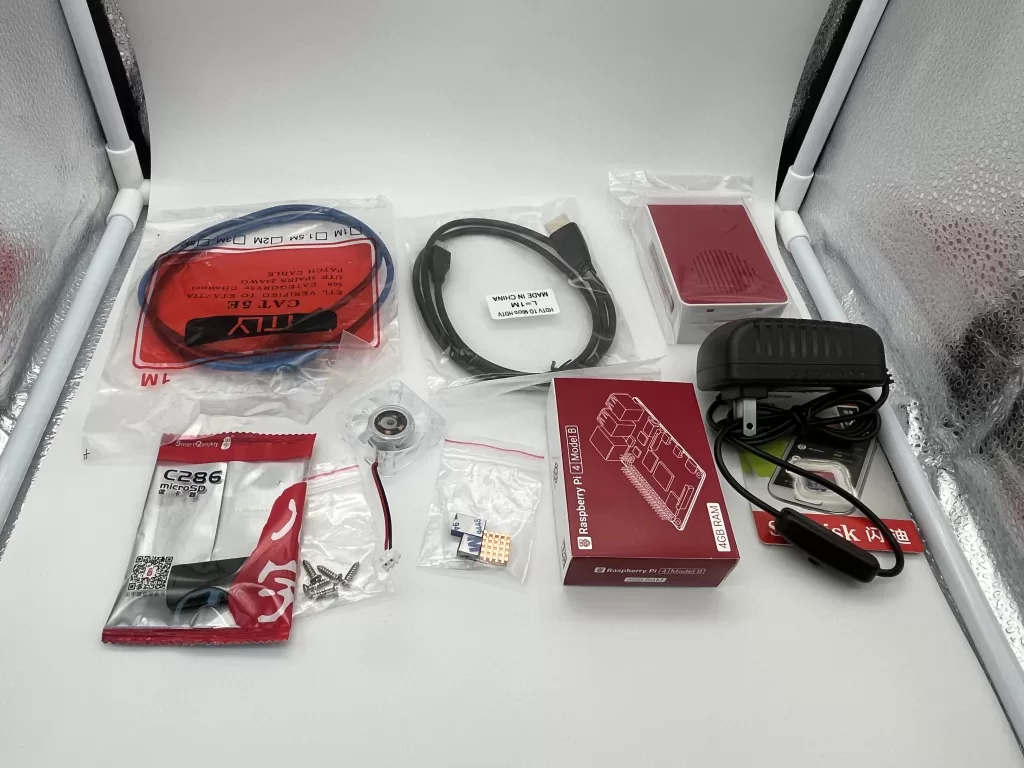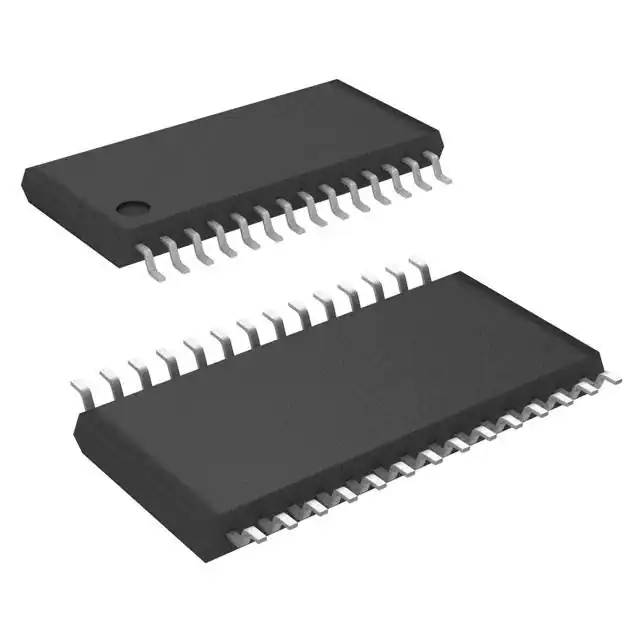An essential part of your car's fuel system is the fuel pump relay. It is in charge of regulating the electricity flow to the fuel pump, which make...
View detailsHow to Test a Throttle Position Sensor: A Complete Guide
What is a Throttle Position Sensor?

A Throttle Position Sensor (TPS) is a sensor used in internal combustion engines to track the position of the throttle valve. The throttle valve controls the amount of air that enters the engine, which is necessary for proper combustion and engine performance.
What does a Throttle Position Sensor do?
- Monitoring Pedal Position: The TPS is strategically placed on the throttle body, which controls airflow into the engine. When you press the accelerator pedal, the TPS recognizes it via a linkage or butterfly valve mechanism.
- Translating Pedal Movement: The TPS converts your pedal position into an electrical signal. The more you press the pedal, the more voltage is transferred to the ECU.
- Communicating with the ECU: The ECU uses the TPS signal to determine the intended engine response. A low voltage signal implies a closed throttle (light pedal press), whereas a high value suggests a wide-open throttle (heavy pedal press).
In essence, the TPS serves as a bridge, relaying your driving intentions (pedal position) to the ECU, which regulates engine operations such as fuel injection and ignition timing to ensure peak performance.
Video related to Throttle Position Sensor
How does a Throttle Position Sensor Work?
The inner workings of a TPS may differ slightly based on the specific design, but the underlying idea remains constant. Here is a look at how a TPS converts pedal movement into an electrical signal:
- Types of TPS: There are two forms of TPS: potentiometer-based and voltage-divider-based.
- Potentiometer-Based TPS: This type uses a rotating resistor (potentiometer) coupled to the throttle linkage. As the throttle opens, the potentiometer rotates, altering the resistance and thus the voltage signal transmitted to the ECU.
- Voltage Divider-Based TPS uses two fixed resistors and one variable resistor. The throttle movement changes the position of the variable resistor, modifying the voltage distribution between the two fixed resistors and generating the output voltage signal for the ECU.
The fundamental idea in both versions remains the same: pedal movement generates a changing voltage signal that notifies the ECU of your throttle position.
How to Install Throttle Position Sensor?
Installing a throttle position sensor (TPS) might be a simple task, but it's critical to take the right measures to ensure correct functionality and avoid problems. Here's a general guide to help you with the installation:
Safety Precautions:
- Before you begin any work, disconnect the negative connector of your car battery. This will help to avoid unintentional electrical shocks.
- Locate your vehicle's maintenance manual for model-specific directions and torque specifications.
Tools and Materials:
- Replacement throttle position sensor (TPS) suitable for your car.
- Set of wrenches (socket wrenches may be useful depending on your vehicle).
- Phillips screwdriver (or the proper screwdriver for your particular TPS mounting screws)
- Using a rag or compressed air to clean the throttle body area is optional.
Installation Steps:
- Access the Throttle Position Sensor: The TPS is normally situated on the throttle body assembly, which is attached to your engine's air intake. To achieve sufficient access, you may need to remove some components, such as air intake pipes or brackets. Specific location details can be found in your vehicle's repair manual.
- Disconnect the Electrical Connector: Locate the electrical connector that is hooked into the TPS. Carefully unplug it, taking note of the wire arrangement for future reassembly.
- Remove the Old TPS: Using the necessary wrenches or screwdrivers, loosen the mounting screws or bolts that hold the TPS in place. Once loose, gently remove the previous sensor.
- Clean the Throttle Body Area (Optional): Use a rag or compressed air to clean the throttle body's mounting surface, where the new TPS will be placed. This ensures a proper seal.
- Install the New TPS: Position the new TPS correctly on the throttle body, aligning it with the mounting points. Secure it with the mounting screws or bolts, tightening them to the torque specifications listed in your car's manual. Do not overtighten the screws to risk harming the sensor.
- Reconnect the Electrical Connector: Plug the electrical connector back into the replacement TPS to ensure a secure and appropriate fit. Check that the wires are in the same orientation as they were originally.
- Reconnect the Battery: Connect the negative terminal of your automobile battery.
- Clear the Trouble Codes (optional): If your car's check engine light came on owing to a defective TPS, you may need to clear the trouble code from the computer system. Consult your car's manual or an OBD-II scanner for this step. It's worth noting that some vehicles may require the TPS to be reset or calibrated with a scan tool. Specific instructions for this stage can be found in your car's manual.
Test and Verification:
- Start your vehicle and check for good idle operation.
- If possible, use a multimeter or scan tool (see your car's manual for instructions) to ensure the TPS is providing the correct voltage signals as the throttle valve is manipulated.
Following these procedures and reading your car's manual will allow you to successfully replace your throttle position sensor and ensure optimal performance for your vehicle's engine control system.
How to Tell if Throttle Position Sensor is Bad?
A malfunctioning TPS can appear in a variety of ways, affecting your vehicle's performance. Here are some telling indications to look out for:
- Erratic Idle: When the TPS signal is defective, the engine idle speed fluctuates wildly, causing the automobile to jerk or surge when idling.
- Hesitation on Acceleration: Due to the ECU getting inaccurate TPS information, the automobile may hesitate or stumble during beginning acceleration.
- Poor Fuel Efficiency: A faulty TPS can cause inefficient fuel delivery, resulting in reduced fuel efficiency.
- Check Engine Light: In many circumstances, a faulty TPS may illuminate the check engine light, indicating an issue with the engine control system.
If you suffer any of these symptoms, checking your TPS is critical for diagnosing the problem.
How to Check the Throttle Position Sensor?
Before we begin the testing process, a word of caution: Refer to your vehicle's repair manual for detailed instructions and safety considerations. The steps below provide a general summary:
Tools You'll Need:
- Multimeter
- Socket wrench set (optional)
- Jumper wires (optional)
Steps:
- Locate the TPS: Consult your vehicle's maintenance manual to determine the exact location of the TPS on your engine. It is normally affixed to the throttle body.
- Access the TPS: To properly access the TPS wiring harness, you may need to remove various components or release clamps.
- Identify the TPS Connector: Find the electrical connector plugged into the TPS. This connector will contain several wires.
- Consult the Repair Handbook: Your car's repair handbook contains important information on the specific wire functions (ground, voltage, and signal). Identify the TPS connector's ground, signal, and reference voltage wires.
- Set Up the Multimeter: Switch your multimeter to DC voltage mode.
- Test the Ground: Connect one multimeter probe to a known ground position on the engine chassis (bare metal), and the other to the ground wire on the TPS connector. You should observe a reading close to zero volts, indicating a proper ground connection.
- Testing the Reference Voltage: With the engine turned off and the ignition switch set to "ON" (not cranking), attach one multimeter probe to the reference voltage wire on the TPS connector. The other probe remains on the engine ground. The voltage value should be between 4.5 and 5 volts, indicating a proper reference voltage from the ECU.
- Test the Throttle Position Sensor Signal: Observe how the voltage signal changes as you operate the throttle pedal. Here's how:
Two Methods: There are two ways to test the TPS signal: with the engine off and with the engine idling.
- Engine Off Method: With the engine turned off and the ignition switch turned "ON," detach the TPS connector from the wiring harness. Find the signal wire on the TPS connector (see your repair manual). Connect one multimeter probe to the signal wire and the other to the reference voltage wire on the TPS connection (not the car's wiring harness side). Slowly and smoothly move the throttle pedal from fully closed to wide open. The multimeter reading should gradually climb from around 0.5 volts to near the reference voltage (around 4.5 volts), with no abrupt leaps or dips.
- Engine Idling Method: With the engine running, reconnect the TPS connector and set the multimeter to measure DC voltage. Connect one probe to the signal wire of the TPS connector and the other to the ground wire. The voltage reading should fluctuate slightly when the engine idles, but it should stay within a particular range. Now, carefully open the throttle pedal and check the voltage. It should climb steadily as the throttle opening increases.
Where is the Throttle Position Sensor Located?
The throttle position sensor (TPS) on a car is usually found on the throttle body assembly. The throttle body is an essential component of the engine's air intake system. It regulates the volume of air entering the engine by adjusting the opening of a butterfly valve. The TPS monitors the position of this butterfly valve and sends a voltage signal to the engine control unit (ECU).
How Much is a Throttle Position Sensor?
A throttle position sensor (TPS) can cost between $10 and $100, depending on the make and model of your vehicle and whether you use an aftermarket or OEM part. Labor to install it can cost an additional $50 to $70.
Conclusion
The Throttle Position Sensor is crucial to ensuring smooth engine operation and optimal fuel efficiency. Understanding its purpose, how to test it, and potential fixes for a broken TPS puts you in a good position to diagnose any problems and keep your automobile running smoothly. Remember to examine your vehicle's service manual for precise information, and never hesitate to get assistance from a trained mechanic if necessary.
Ella
Ella is a skilled embedded systems engineer with experience in PCB design and microcontroller programming. She is committed to following the most recent developments in the field and is constantly seeking for ways to apply them to her work.
WEW ALL POSTS BYElla-
Jumpstarting Your Fuel Pump Relay: What You Need to Know 331
-
PLDs vs. FPGAs: What’s the Difference Between them? 507
PLDs are integrated circuits that can be configured to carry out a number of different digital logic operations. They are utilized in numerous appl...
View details -
Vacuum Tube Basics: Types, How They Work, Vacuum Tube vs Transistor 1121
Vacuum tubes have made a significant contribution to the development of electrical technology. Vacuum tubes have played a crucial role in amplifica...
View details -
Diode Basis: Symbol, Types and Applications 416
Diodes are essential components in electronics, serving important functions such as rectification, modulation, regulation, and protection. They com...
View details -
Essential Tweezers for Electronics and Their Uses 49
In this blog, we will delve into the fascinating world of electronic tweezers, exploring their types, uses, and the best practices for keeping them...
View details -
Microprocessors and CPU Comparison: What’s the Difference? 684
Both microprocessors and CPUs are necessary parts of computers. But what are they exactly, and how do they vary? In this blog, we'll go through the...
View details
 Ampheo Electronics
Ampheo Electronics






